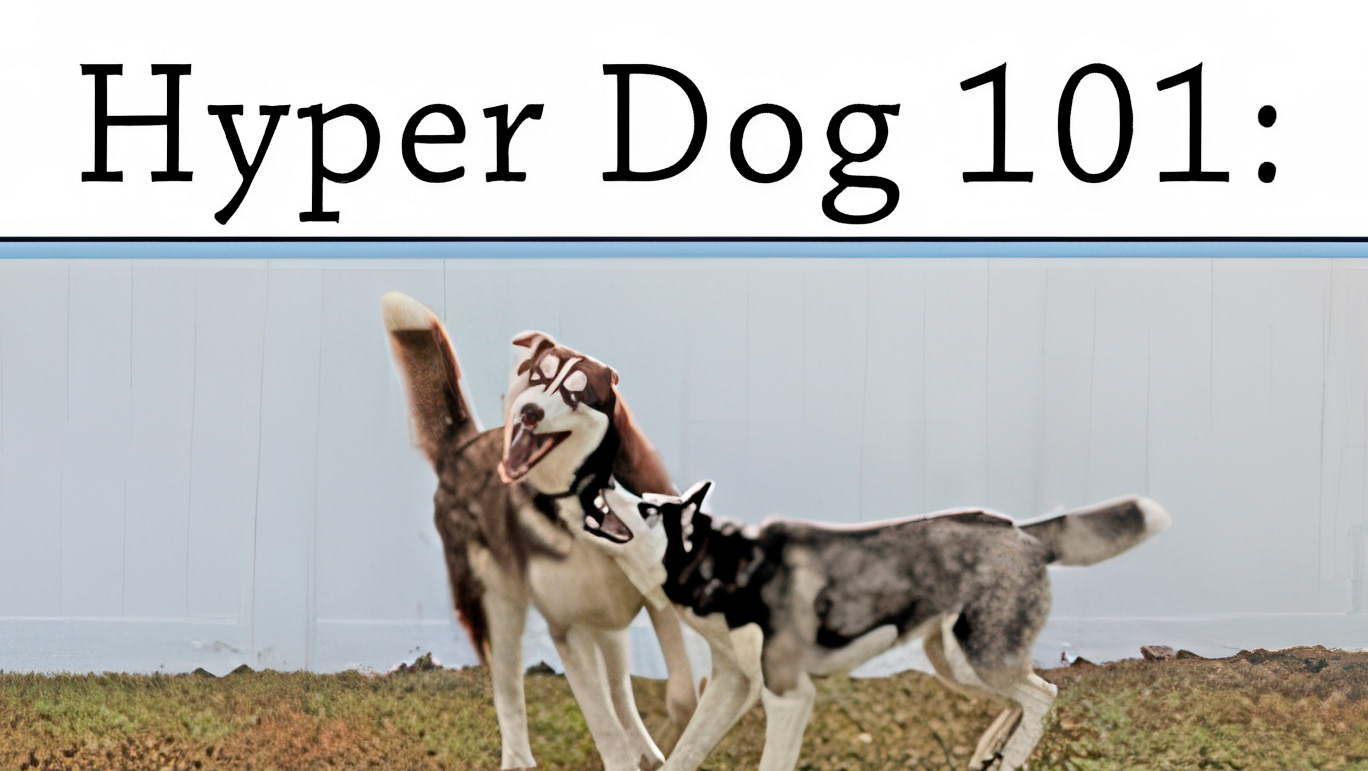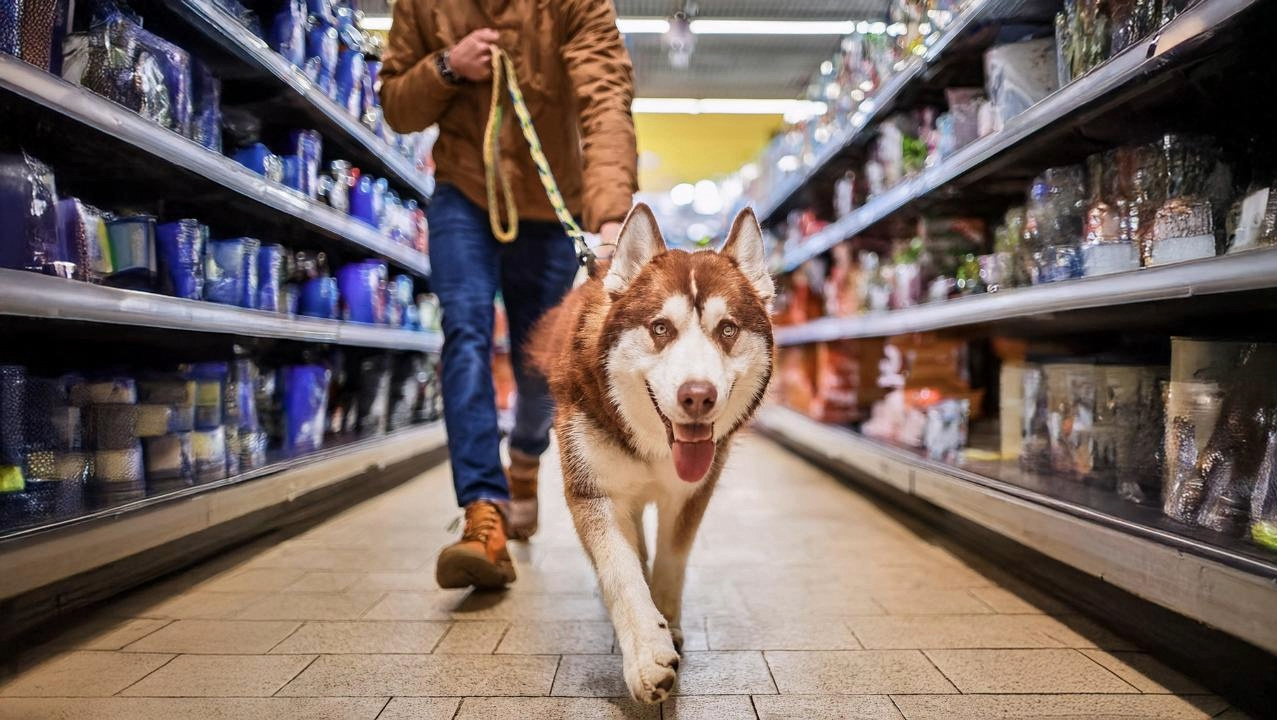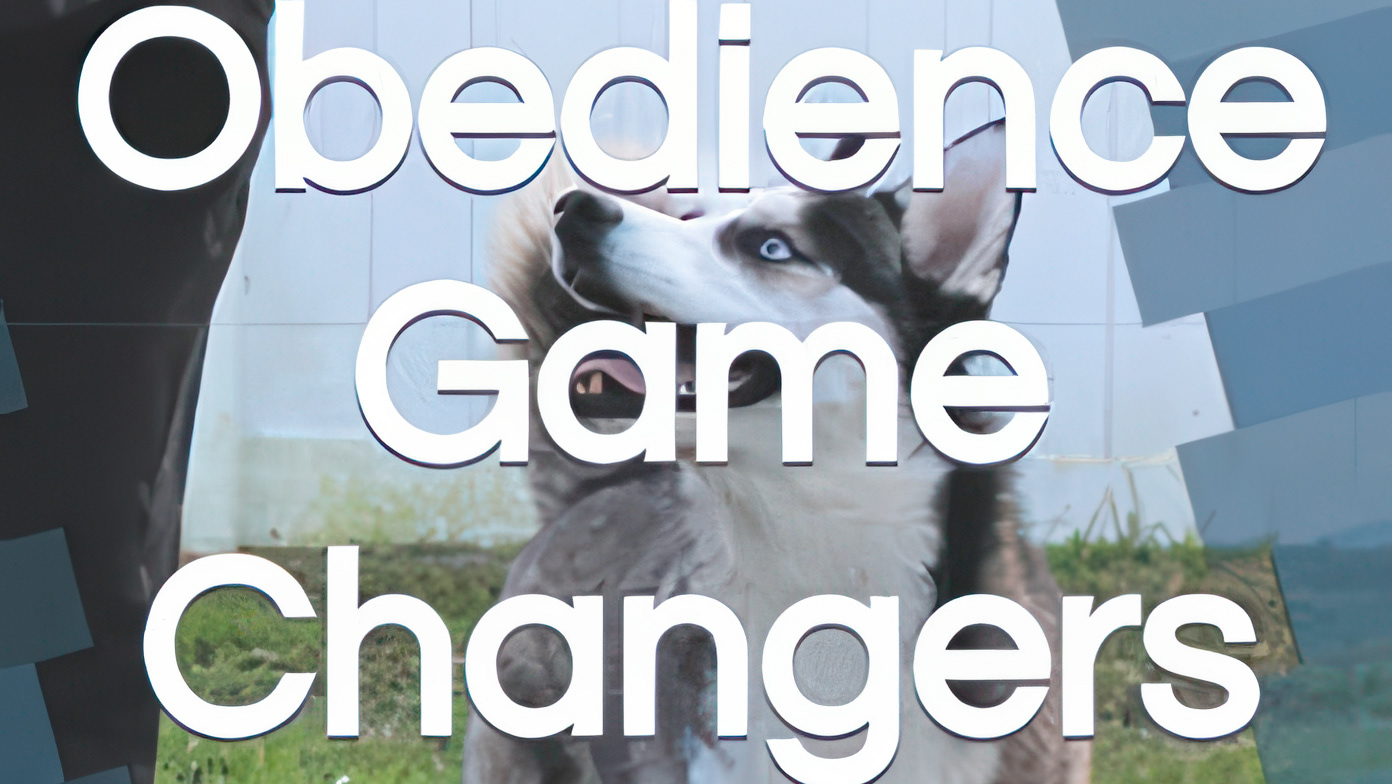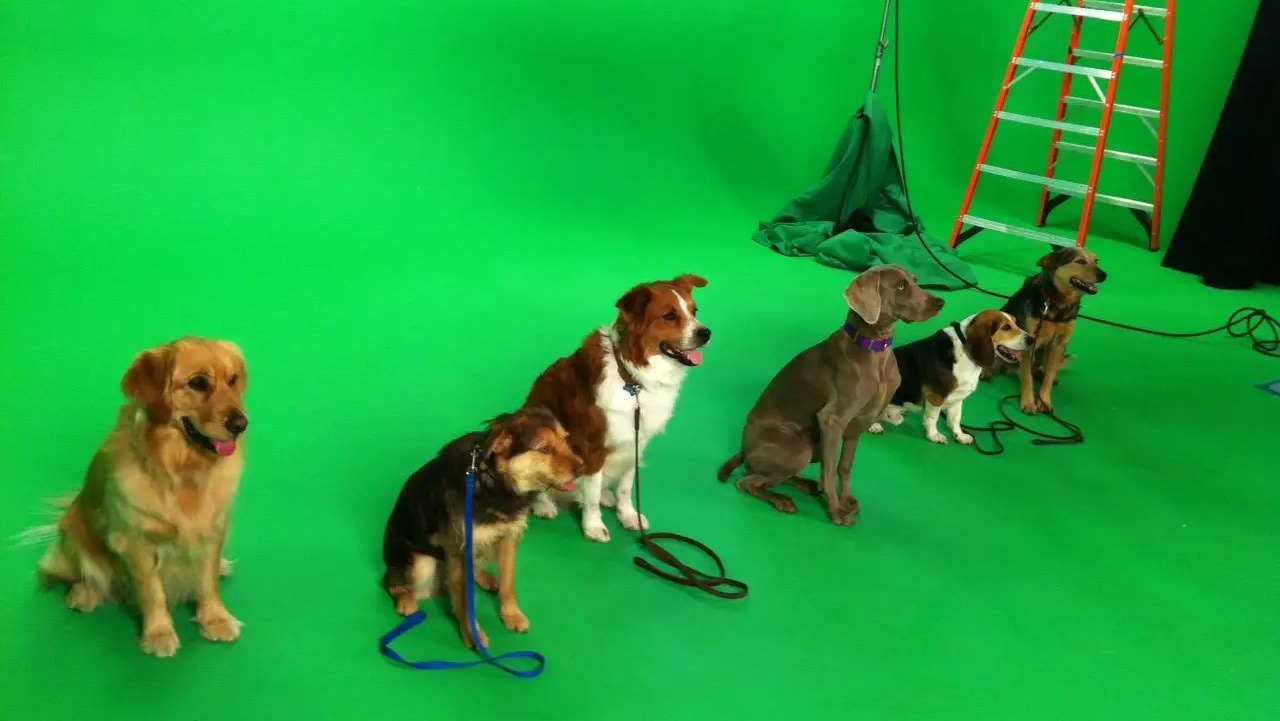How many of us own dogs that get stressed out at vet visits? Recently, a study by the American Veterinary Medical Association showed that over an alarming 20% of the nearly 60 million households in the U.S. that own dogs, do not take their animals to the vet. While there are a variety of reasons why, such as financial, the dog has no sickness or injury, or the owner administers vaccines themselves, it seems that a rather large amount of owners experience a level of anxiety when visiting the veterinarian with their dog. While the reasons for this anxiety can vary as well, it can be a major factor for dogs to not to receive routine veterinary care, and also not have time to get positively socialized with the environment. This lack of positive experiences, mixed with negative associations with the few vet visits they have, can cause some dogs to develop some major phobias to the experience of going to the vet.
A lack of positive social experiences, mixed with negative associations with their vet visits can really set some dogs up to be fearful at their visits.
Luckily, there are lots of little things we can do early on to help our dogs see the vet’s office as a much less stressful environment. Taking the time to do these things and helping your dog see the vet’s office as a positive and not a negative, can save you both a lifetime of stress.
Tip #1: Make Sure the Travel Experience is Enjoyable
If your dog gets stressed out on car rides, then driving them is just stacking an added stressor on top of everything before you even arrive. Take the time to help your dog be more comfortable on road trips. Please Note: Some dogs have very extreme fear issues, and may need training situations in even smaller steps than these. Be sure to enlist the help of a professional, force-free dog trainer or behaviorist if you believe this to be your dog.
Make it a point to get in and around the car everyday for training sessions. This doesn’t mean you need to drive them somewhere everyday. In fact, for a very nervous dog you want to start with slow simple interactions with your vehicle to help them acclimate to good things happening here.
Just practicing around the car in the beginning, is a good start if your dog is really scared of it. The key is to associate good things happening when you are around the vehicle.
Start with rewarding your dog for jumping in the car. I like to teach a “Go to Your Mark” trick for this. Bring really high value treats for these practices. You can also work on waiting for a release word when it is OK to jump out. Play back and forth, just bouncing in and out for treats or toy time.
Rocket is working on waiting to be released before he jumps out of the car, even though the door is open. (self-taken)
First training sessions will be with the car off. Try asking your dog for some basic cues you might have already taught him in the seat/area he normally is when you travel. Is he stressed even though you aren’t moving? Will he even take the special treat rewards you brought? If this is the case, you will need to stay on this step or start counter-conditioning at a lower level for a while before progressing.
If your dog seems really stressed, the initial training sessions will be with the car off. Take things slow. It might take time to help your dog overcome his fears.
Try playing games during your sessions in the car to help your dog relax and let go a little. Ideas for this can be hiding treats all around the seats and asking for a “Find It”, a puzzle toy or snuffle mat meal, or even a fun game of tug or fetch. Keep these games short and fun. Five to ten minutes is more than enough when you are first starting out.
Once you have achieved a comfort level with Step 3, begin to start the car during your sessions. Be armed with some pretty heavy duty treat reinforcers as you were in the previous step and reward just as you start the ignition and at intermittent times while the car is running. This classical conditioning of these triggers will help your dog associate good things when he hears or feels them in the future.
By taking baby steps, you can help your dog learn to love car rides like this guy. Loki used to be terrified of the car, but we helped him overcome his fears. (self-taken)
Start with short drives around the neighborhood and grow on time as your dog gets more comfortable with the process. Motion sickness can also be a factor as to why some dogs do not like car rides. If you feel this might be a factor, talk to your vet about medications you can give your dog to help with this.
Tip #2: Crate Training
If you also crate your dog in the car, you are going to want to take the added steps to make sure your dog enjoys getting in his crate for your journeys. Play lots of crate games and slowly acclimate your dog to the travel crate just as you did in the previous section with the car.
This little guy has to be in a small carrier like this on airplanes, but he still prefers the comfort of his carrier on a car ride! (self-taken)
Keeping your dog happy and comfortable with their crate can be an invaluable tool later in life. If your dog ever gets injured or needs surgery and has to stay at the vet’s office, he is going to need to stay in a crate. By taking steps now to properly crate train, you could save your dog a lot of stress in the long run.
This dog is completely comfortable with her crate. This will help her acclimate to a variety of situations throughout her life. (self-taken)
Tip #3: Desensitize Your Dog to Scary Objects
There are alot of new, sometimes scary items, coming towards your dog when you visit the vet. Spend the time to condition your dog to associate good things happening when they see these items. Here is an example of how to start this:
Pick an item your dog might be nervous about (syringe, nail clippers, muzzle, etc.) to start with.
Practice at your dog’s meal times. This means, eliminate free feedings and have your dog work for his meals instead. You can accomplish some amazing things in a very short period of time by having your dog work for his meals.
Show your dog the item and immediately say “Yes!” and feed him a piece of treat or kibble when he looks at it. Then immediately put the item behind your back again. Think of this as a double reward. You get food when this item is around AND it goes away (which is really the bigger reward for some dogs in the beginning).
Start this game with the item as far away from the dog as possible and practice repeatedly, slowly getting the item a little closer during each practice session until you can physically touch the item to the dog in the manner it is to be used, and your dog does not look stressed.
These steps can take time, but it is an important practice to get used to when it comes to grooming, vet care and any animal husbandry procedures.
This video will help you implement the steps to classically condition your dog to accept scary items. (self-taken)
Tip #4: Establish a Relationship with Your Vet and the Staff
Establishing a strong, trusting relationship with your veterinarian is very important.
This is such an important part of the process! Talk to your vet. Ask them the important questions you need answers to. Find out their opinion on things and make sure, above all, you trust them. I have actually set up appointments with potential vets in the past to see if they were a good fit for our family, before I even brought one dog in to see them. Building a rapport and good communication early is important.
Don’t forget the staff too! At any vet office, you will undoubtedly spend more time with the front desk staff, vet techs and nurses, so make sure you are as happy with them as you are your vet. Explain your concerns and how you’d like your dog to be more comfortable at their appointments. If you just have an open line of communication, most office personnel are more than willing to help you in your desensitization and counter-conditioning endeavors.
It never hurts to go the extra mile too. Bring a plate of cookies for everyone on one of your visits or a little present for the holidays. Those extra touches of kindness will definitely be returned in full.
Whenever I visit my vet’s office I spend more time with the nurses and front desk staff. Since these are the people that are there first to greet your dog, communicate with them so they can help you in the process of getting your dog more comfortable when they come in for a visit.
Tip #5: Begin Making Fun Visits
Begin making “fun” visits, where no poking or prodding will be done, just fun, easy things and then you go home. Talk to your vet’s staff, try to be accommodating, and ask what might be slower days or times of day to visit, so you don’t disrupt their daily flow.
A few ideas for fun visits are:
Stopping by just to say “Hi” and having the veterinary staff offer your dog treats will help your dog associate that good things happen around these people.
Just go to say “Hi!” Hand any staff member that will help you, a handful of your dog’s favorite treats. Let them say Hi and offer your pup a treat. If your dog is very shy of people at first, start by just having them drop the treats on the floor. And gradually introduce more taking the goodies from hand and petting as your pet gets more relaxed on your fun visits.
Randomly take a drive and feed them their daily meal at the vet.
Go to get weighed and practice your “Go to Your Mark” trick in the waiting room.
Rocket is practicing his “Go to Your Mark” (on a chair) and his Stay cues while the vet tech types his info in the computer. (self-taken)
Go just to practice your obedience skills or favorite tricks in the waiting room. (There’s nothing better than a captive audience!)
Tip #6: Teach Your Dog Easy Tricks to Help with Scary Situations
Some basic tricks can really help your dog take his mind off of intimidating situations. Here are a few I commonly use with my dogs on our vet visits. By giving your dog these skills to focus on, it can help them forget about or at least work through, whatever is about to happen
“Go to Your Mark” to get weighed or get examined
<iframe width="560" height="315" src="https://www.youtube.com/embed/6wyekNYJG0I" frameborder="0" allow="accelerometer; autoplay; encrypted-media; gyroscope; picture-in-picture" allowfullscreen></iframe>
Check out this video to teach your dog to “Go to Your Mark” (self-taken)
“Shake Paw” for nail clippings or front arm blood draws
<iframe width="560" height="315" src="https://www.youtube.com/embed/ct_oI5PZK70" frameborder="0" allow="accelerometer; autoplay; encrypted-media; gyroscope; picture-in-picture" allowfullscreen></iframe>
Professional Trick & Stunt Performer, Kyra Sundance shows you how she teaches a “Shake Paw”
“Head Down” or “Chin” for eye exams, or vaccines administered in the nose (such as Bordatella)
<iframe width="560" height="315" src="https://www.youtube.com/embed/ULMHAU3nG9E" frameborder="0" allow="accelerometer; autoplay; encrypted-media; gyroscope; picture-in-picture" allowfullscreen></iframe>
Nova demonstrates the different uses and ways to teach a “Head Down” or “Chin” trick. (self-taken)
“Prolonged Nose Touch” for keeping focus forward while vaccines are being administered
<iframe width="560" height="315" src="https://www.youtube.com/embed/RWSJVwZybwo" frameborder="0" allow="accelerometer; autoplay; encrypted-media; gyroscope; picture-in-picture" allowfullscreen></iframe>
Here is a great video by Emily Larlham on how to teach a basic touch signal. Start here and over time you can increase your criteria so your dog must stay connected with your hand for longer periods of time.
For some dogs, the veterinarian can start off as a very scary place, but by you taking the time to acknowledge your dog’s anxieties and set up a slow and deliberate protocol of desensitizing them to their fears, you can alleviate a huge amount of stress and have a much more relaxed and confident dog.








